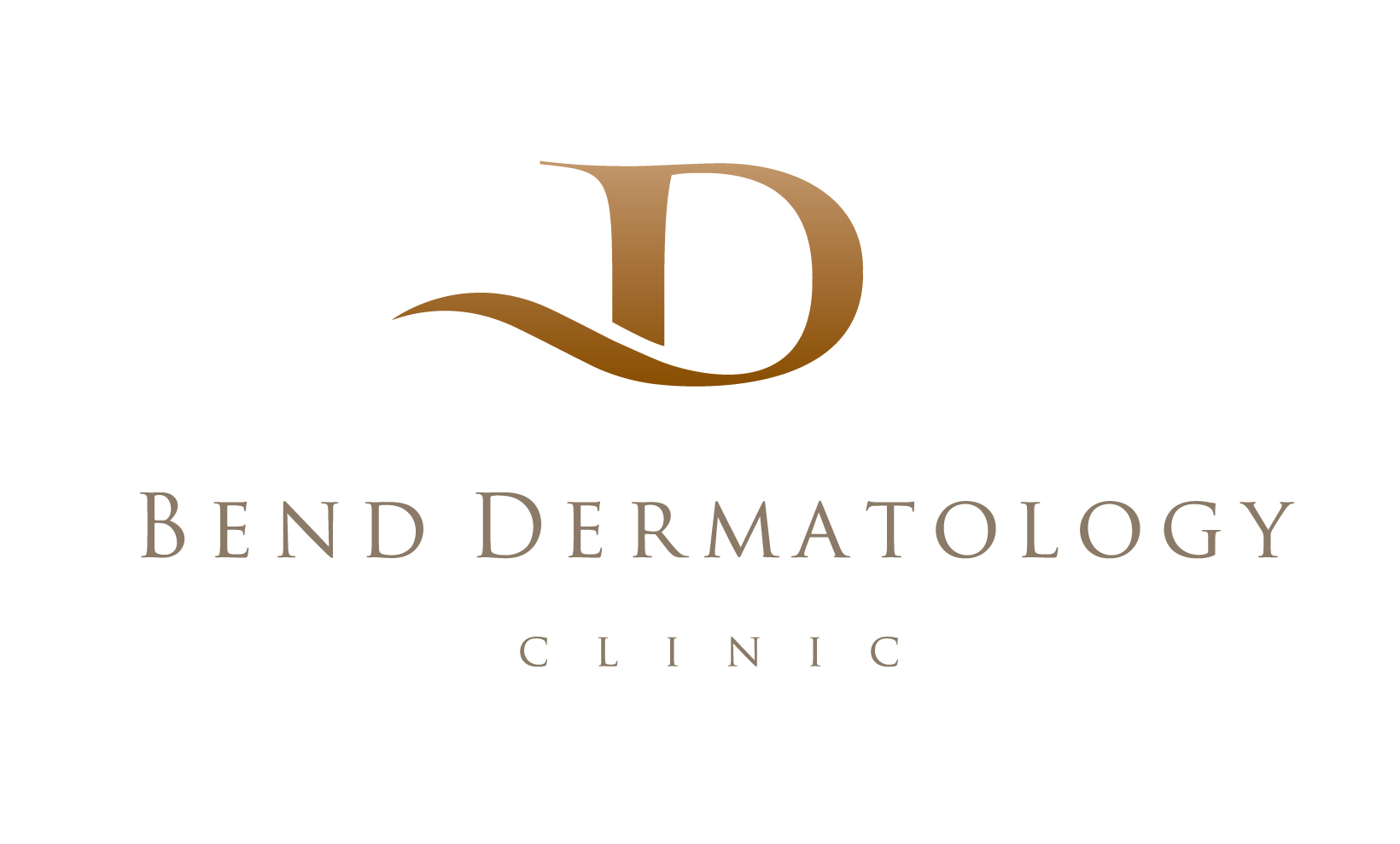This is the third of Lexie Staub, PA-C’s radio interviews with the KLAD Wake-Up Crew during Skin Cancer Awareness Month. In this interview she talks about how a tan is evidence of sun damage and how tanning beds can lead to skin cancer. According to SkinCancer.Org one study of 63 women diagnosed with melanoma before age 30 showed that 97 percent of them used tanning beds. What’s at stake is evident in the numbers, one in five Americans will develop skin cancer by the age of 70. Read Lexie’s interview and follow your Board-Certified Dermatologist and Advanced Practitioners advice, avoid tanning, firstly to help prevent skin cancer as well as to slow down the signs of aging.
KLAD: We have Lexie Staub joining us from Bend Dermatology. Good morning!
LEXIE STAUB: Good morning!
K: It’s Skin Cancer Awareness Month.
L: Yes, May is.
K: And we’ve been talking about this through the last few weeks. One of the things that we wanted to talk today is, what causes the skin to tan?
L: So, the skin tans when you are exposed to the sun or other UV radiation and the pigmentation is called melanin and that’s the way of your skin trying to protect itself from being further damaged from the sun or other harmful radiation.
K: Okay, so tanning beds. Let’s talk a little bit about tanning beds. Are they harmful?
L: Tanning beds are harmful. They’re actually a known carcinogen, meaning that they can cause cancer. So tanning beds deliver a very, very intense UV radiation which causes the skin to tan quickly, which is what makes them desirable. But that really, really increases your risk of sun damage in those areas that it’s tanning.
K: Now people like to look, have a tan…
L: Yes…
K: You know, what are the alternatives?
L: So, there’s a few different alternatives to tanning beds that can still give you a nice color. One is spray tans. Those are quick and effective and safe. The benefit is you just walk away immediately with nice golden skin. There’s also lots of different self-tanning lotions and oils that do not damage the skin, but they just induce a temporary color.
K: Okay, if you feel like you’ve got something going on, maybe something doesn’t look right on your skin, what should you do?
L: You should schedule an appointment with your local Dermatology clinic and try to get in as soon as you can and just get it looked at. Like we’ve talked about before, early detection is key with preventing and treating skin cancer.
K: Alright, well, thanks for joining us.
L: Thank you for having me.
K: Yeah, we’ll see you again next week and talk a little bit more about Skin Cancer Awareness Month. Bend Dermatology is the local dermatologist that you want to get ahold of if you’ve got some issues going on and you can talk to Lexie and have it all taken care of.
About our Dermatology Provider, Lexie Staub, PA-C
Inspired to make a positive impact on patients’ health and quality of life, Lexie Staub pursued her Physician Assistant specialization in Dermatology. Her top three skin cancer awareness tips are:
- First, be familiar with your moles and what they look like. 30% of the time a melanoma will occur in a spot you’ve had forever.
- Second, use a mirror or have someone check out your back from time to time – this is a common place for skin cancer!
- Third, know that melanoma can occur anywhere on the body – not just sun-exposed areas! It’s important to check the bottom of your feet, between your toes, on your scalp, etc.
Schedule your annual full skin exam with Lexie in Klamath Falls here.
Bend Dermatology specializes in Medical Dermatology, Mohs Micrographic Surgery, and Cosmetic Dermatology. We have five locations, four in Central Oregon and one location in Klamath Falls on Main Street just off Crater Parkway. Follow us on Facebook and Instagram for more skin care tips.

